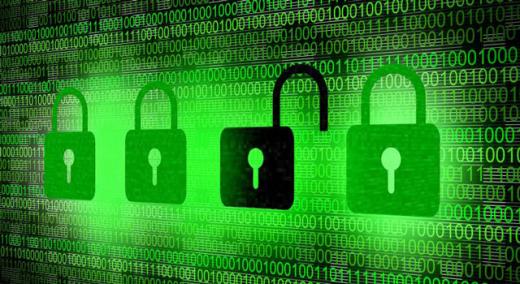Cybercrime is on the rise. And as we move deeper into the digital age, the era of the so-called Fourth Industrial Revolution, it’s also growing more sophisticated and severe, with serious consequences. As cyber criminals become more adroit, cybercrime has touched all our lives in one way or another.
|
ADVERTISEMENT |
Cyberattacks can range from hacking into systems and social media, phishing attacks, malicious software including ransomware, identity theft, social engineering, and denial-of-service attacks. This is painful both personally and financially, causing untold damage and destruction, as well as leaving society and citizens vulnerable. According to McAfee, the computer security software company, the cost of these cyberattacks is increasing and amounted to about $1 trillion in 2020.
…

Add new comment